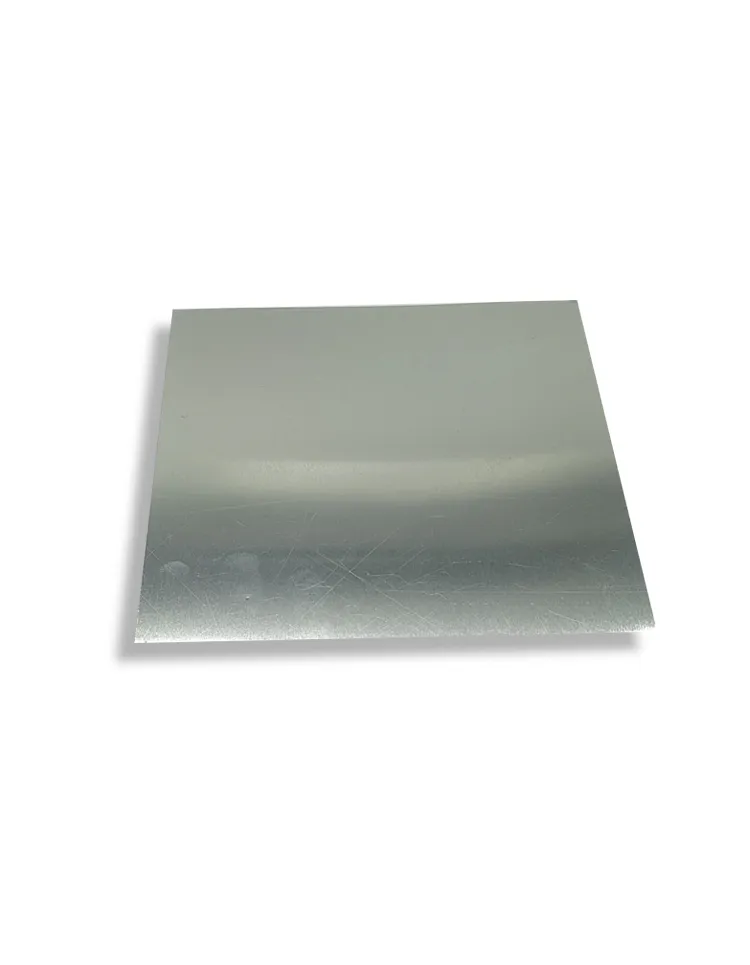With the acceleration of the pace of modern life, microwave ovens have become essential appliances in many family kitchens due to their convenience and efficiency. However, there are still many misunderstandings and controversies about some issues regarding the use of microwave ovens, such as whether tinplate products can be heated in a microwave oven.
This article will explore the relationship between tinplate products and microwave heating in depth, and provide relevant scientific basis and usage suggestions.

What are tinplate products?
Tinplate is a thin steel plate with a tin-plated surface. The main component is iron, and a thin layer of tin is plated on its surface. This layer of tin not only gives tinplate good corrosion resistance, but also makes it have a beautiful appearance and good processing performance. Therefore, tinplate is widely used in food cans, beverage cans, cosmetics packaging and other fields. Tinplate products are widely used to package various foods and daily necessities due to their durability and safety.
Working principle of microwave ovens
To understand whether tinplate products can be heated in a microwave oven, you first need to understand the working principle of a microwave oven. Microwave ovens heat food by generating microwaves (usually at a frequency of 2.45 GHz). Microwaves are electromagnetic waves that heat food by vibrating water molecules in food to generate heat. Unlike traditional heating methods, microwave heating is done from the inside out, so the heating speed is fast and uniform.
Can metal products be heated in a microwave oven?
The general view is that metal products cannot be heated in a microwave oven. This is mainly because:
1. Reflection of microwaves: The metal surface will reflect microwaves, resulting in uneven distribution of microwaves in the microwave oven, which may cause local overheating or sparks.
2. Arc phenomenon: The edges or uneven surfaces of metal products are prone to arcs, i.e. sparks. This will not only damage the microwave oven, but may also cause fires.
3. Shielding effect: Metal products will shield microwaves and prevent microwaves from entering the food, resulting in the ineffective heating of the food.

Can tinplate products be heated in a microwave oven?
Tinplate products cannot be heated in a microwave oven. As a metal packaging material, its performance in a microwave oven is similar to that of other metal products.
Specifically:
1. Reflection of microwaves: The metal surface of tinplate products will reflect microwaves, resulting in uneven distribution of microwaves in the microwave oven, which may cause local overheating or sparks.
2. Arc phenomenon: Arcs may occur at the edges or seams of tinplate products, especially when the surface has sharp corners or is uneven.
3. Shielding effect: Tinplate products will shield microwaves, making it impossible to effectively heat the food inside.
Scientific experiments and case analysis
In order to verify the above viewpoints, scientists and researchers have conducted many experiments. Here are some key experimental results and case analysis:
Experiment 1: Empty can experiment: Put an empty tinplate can into a microwave oven and turn on the microwave heating function. The results show that the surface of the tinplate can heats up quickly, and obvious arcing occurs inside the microwave oven, and sparks are emitted. The experiment shows that tinplate products will reflect microwaves and produce arcs in the microwave oven, which poses a safety hazard.
Experiment 2: Canned can experiment filled with water: Put a tinplate can filled with water into the microwave oven. During the heating process, no obvious arcing phenomenon was produced on the outside of the can, but the heating effect of the water inside was poor, indicating that the microwaves were shielded by the metal can and failed to effectively enter the water.
● Case analysis: Food can heating accident: When a family heated food cans in a microwave oven, sparks appeared on the surface of the can and caused damage to the microwave oven. The investigation found that the metal surface of the can reflected the microwaves and produced arcs on the edge of the can.

Suggestions for the correct use of microwave ovens
Based on the above experimental results and case analysis, it can be concluded that tinplate products are not suitable for heating in microwave ovens. So, how to use microwave ovens correctly to avoid similar safety hazards?
1. Use microwave-specific containers: Microwave ovens should use specially designed microwave-safe containers, such as glass, ceramics, or microwave-specific plastic products. These materials can safely absorb microwaves and effectively heat food.
2. Avoid using metal products: Whether it is tinplate products or other metal products, they should not be placed in microwave ovens for heating. Metal will reflect microwaves, causing arcing and sparks inside the microwave oven, posing a safety hazard.
3. Check the food packaging label: Before putting the food packaging into the microwave for heating, you should carefully check the packaging label. Many packages will indicate whether it is suitable for microwave heating. Following the instructions on the label can avoid safety problems.
4. Use a microwave lid: When heating liquid or high-moisture food, you can use a microwave-specific lid to prevent liquid splashing and keep the inside of the microwave clean.
Conclusion
Tinplate products are favored for their excellent anti-corrosion properties and wide range of applications, but there are obvious safety hazards in microwave heating. Scientific experiments and case analysis show that tinplate products are prone to arcing and sparks in microwave ovens and are not suitable for microwave heating.
To ensure safety and heating effects, consumers should choose containers suitable for microwave use and follow the correct usage methods.

